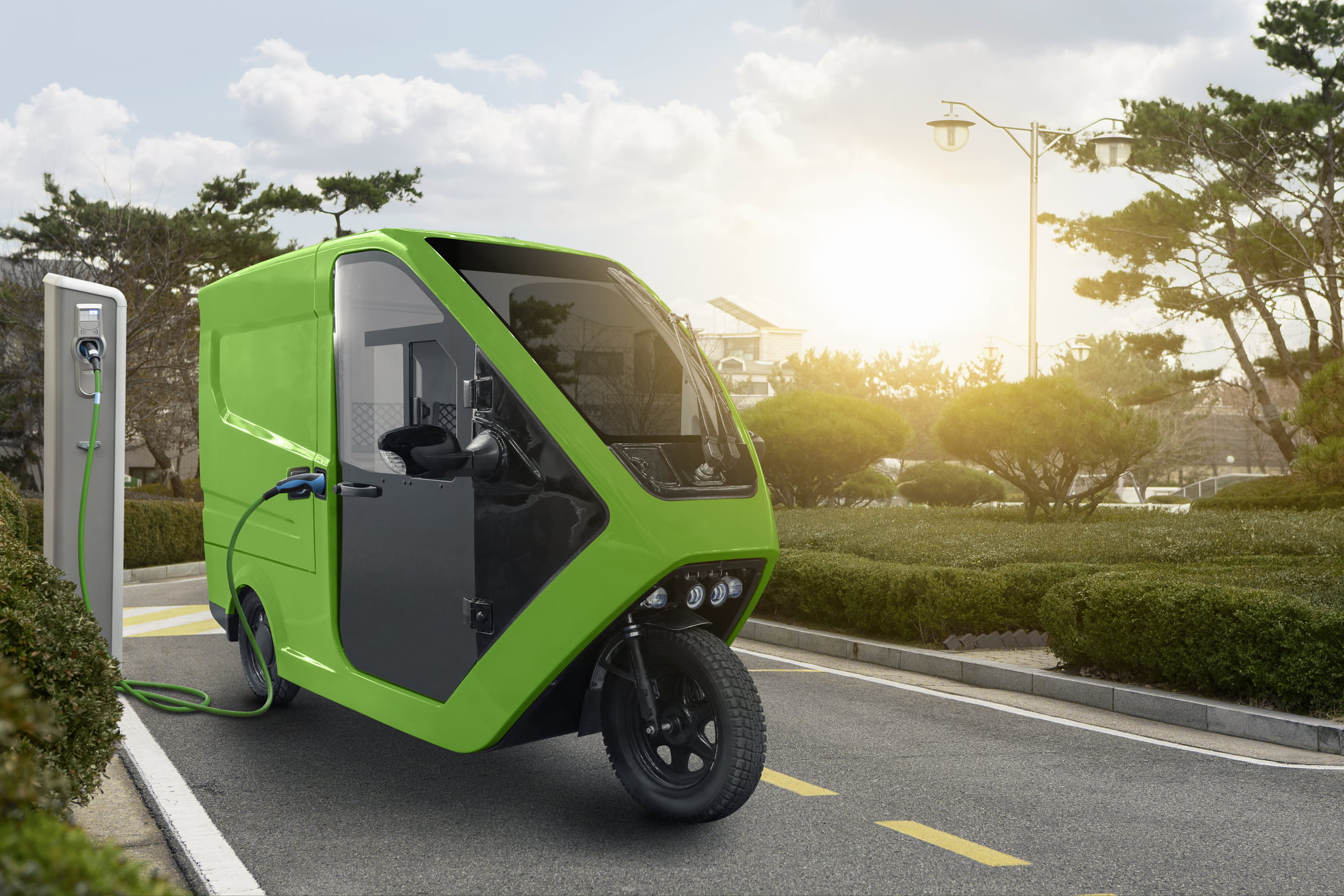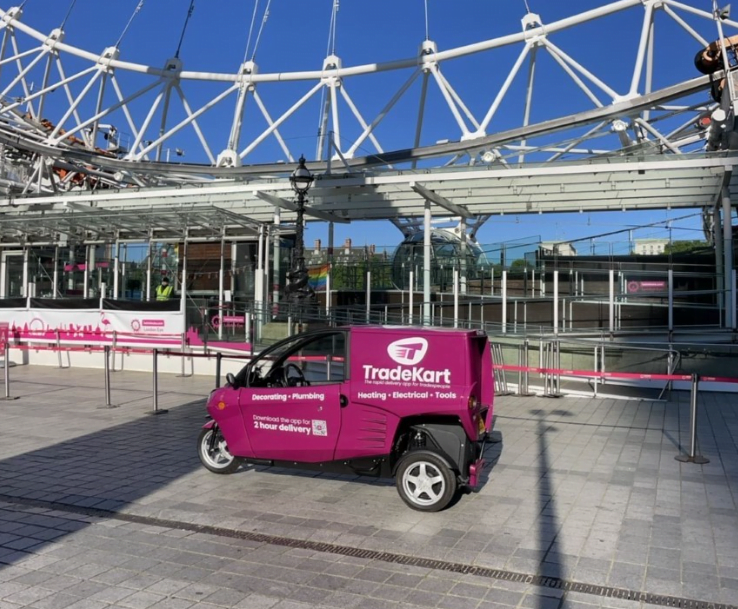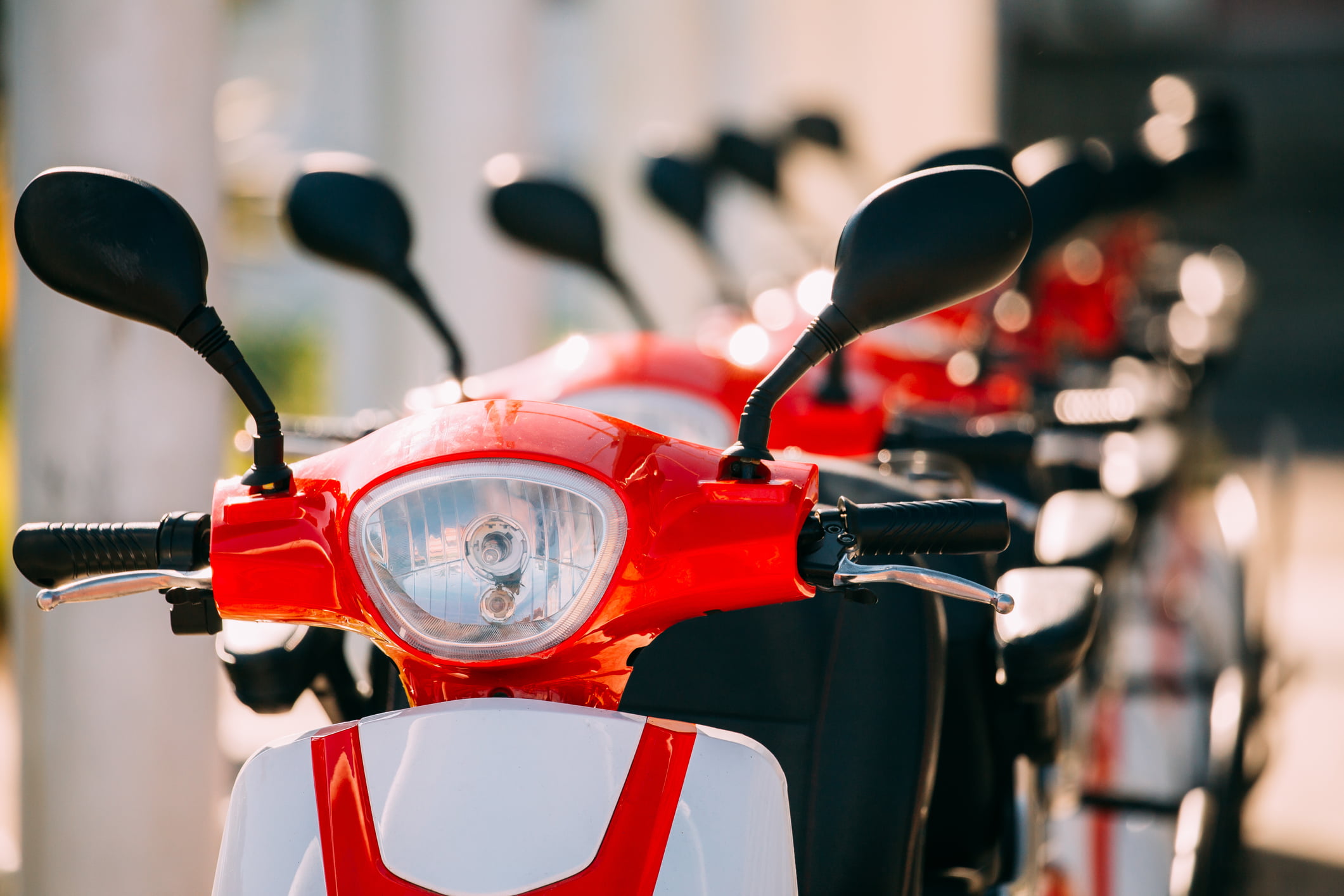Why do they use zePLVs?
Kickstart decided that it had to start switching to electric mopeds to meet the proposed 2030 deadline for the end of production of petrol PLVs.
External funding from Sheringham Shoal offshore windfarm, JP Blanch fund for electric vehicles, and Breckland District Council’s green fund made it possible for Kickstart toadopt electric mopeds.
Each stakeholder wanted to encourage the transition to electric, and this funding helped Kickstart Norfolk buy 21 zePLVs in 2022.
What zePLVs do they use?
Kickstart offers an electric moped (L1e-B) for clients to use. They have 2kW of power, a top speed of 28mph and an estimated range of 40 miles. Due to their popularity, Kickstart will adopt around30 electric mopeds every year until their fleet is fully converted to electric.
What have been the benefits of adopting zePLVs?
Kickstart has reduced it’scarbon emissions and lowered fuel costs for clients by going electric. The below table compares the costs between the electric moped and equivalent petrol moped. All figures are as of 2022 and based on the 32,000 miles travelled.


